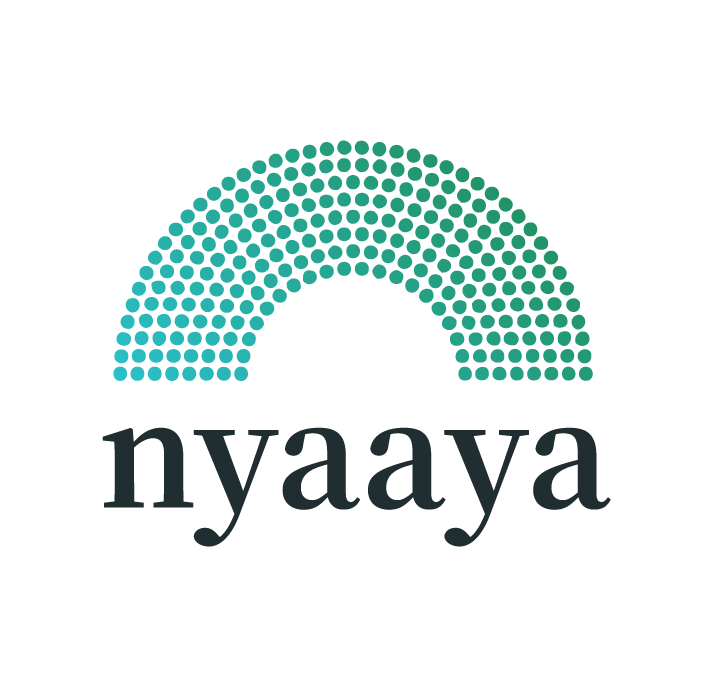By Malavika Rajkumar
The spread of COVID-19, or the novel coronavirus, is challenging multiple public healthcare systems in nations around the World. With the rising number of cases being detected in India, the Government has decided to roll up its sleeves and exercise its powers under available laws, and has set up the requisite infrastructure to battle this widespread pandemic — as has now been declared by the World Health Organization.
Recently, the Cabinet came together for a detailed discussion on the preventive measures to be taken for preventing the spread of COVID — 19. The Government has suspended provision of visas, except diplomatic, official, UN/International Organizations, employment and project visas till the 15th April, 2020. However, the moot question is where does the Government derive its powers under law to issue such directives and guidelines and the repository of implementation provisions which aid these powers?


When such a critical multi-stakeholder Government response has to be taken for epidemics, the two primary laws which come into play are the Epidemic Diseases Act, 1897 and the Disaster Management Act, 2005.
What is the Epidemic Diseases Act, 1987?
One of the colonial era legislations which has stood the test of time in India is the Epidemic Diseases Act, 1987 (“Epidemic Act”). This short legislation although containing only 4 sections, yet is a very powerful tool for the Executive. Under this law, the Central Government as well as State Governments, have the power to take special measures and prescribe regulations to prevent the spread of a Dangerous Epidemic Disease. The word Dangerous Epidemic Disease has not been defined in the law and the lack of such definition warrants a serious review of this law by the Parliament.
Under Section 2A of the Epidemic Act, the Central Government has the power to take any measures or prescribe regulations to inspect any ship or vessel leaving or arriving in any port or Detention of any person planning to leave or arrive into India. The revised travel advisory issued by a group of ministers (“GoM”), including the Ministry of Health and Family Welfare (“MoHFW”) is an example of this.
The State Governments also have the power under Section 2(1) of the Epidemic Act to take measures to prevent the outbreak of Dangerous Epidemic Disease, by prescribing regulations to be enforced with respect to any person or group of people. An example of this would be the Order dated 16.03.2020 passed under the Delhi Epidemics Diseases, COVID -19 Regulations, 2020 whereby the Delhi Government has restricted gatherings with groups of more than 50 persons till the 31st of March, 2020.
Despite such expansive powers under the Epidemic Act, the Act does not provide any specific guidelines or infrastructure to deal with a Dangerous Epidemic Disease. To address this shortcoming, the Parliament has enacted the Disaster Management Act, 2005 (“DM Act”).
What is the Disaster Management Act, 2005?
The stated object and purpose of the DM Act is to manage Disasters, including preparation of mitigation strategies, capacity-building etc. The colloquial or popular meaning ascribed to “disasters” would be natural disasters such as cyclones, earthquakes etc. Even the definition of Disaster in Section 2 (d) of the DM Act states that a Disaster means a “catastrophe, mishap, calamity or grave occurrence in any area, arising from natural or man made causes…”. To address the current epidemic outbreak, the Central Government has included the COVID-19 outbreak as “Notified Disaster” as a critical medical condition or pandemic situation” .
Since the DM Act would apply to epidemics such as COVID-19, Governments get access to appropriate funds in order to respond and provide immediate relief to victims. These funds are known as the National Disaster Response Fund (NDRF), State Disaster Response Fund (SDRF) and District Disaster Response Fund (DDRF). Under Section 46 of the DMA, 2005, the authorities, known as the National Executive Committee and the National Disaster Management Authority can authorize the use of such funds for emergency responses, relief and rehabilitation. Recently, the Ministry of Home Affairs had promised an ex-gratia amount of INR 4 lakh for patients who had lost their lives to COVID-19, but which was later withdrawn.
These funds (SDRF) are being used to set up for multiple purposes by States such as setting up quarantine facilities, setting up additional labs, covering the cost of personal protective equipment for healthcare, municipal, police and fire authorities, procuring thermal scanners, ventilators, air purifiers and consumables for government hospitals including food, clothing and medical care to people isolated there. Additionally they are also used for covering the cost of consumables for sample collection, screening and contact tracing of positive persons. “Cost of setting up additional labs, cost of personal protective equipment for healthcare, municipal, police and fire authorities and cost of thermal scanners, ventilators, air purifiers and consumables for government hospitals can also be covered,” the Ministry of Home Affairs (MHA) said, adding that costs towards quarantine should not exceed 25 per cent of the state disaster relief fund’s allocation for the year and expenditure on equipment for laboratories and equipment should not exceed 10 percent of the total allocation.
The Central Government subsequently issued a new set of directions on how States are supposed to use their SDRF’s. The SDRF constituted under Section 48(1) of the DMA, 2005 is the primary fund available with States to tackle epidemic outbreaks like COVID-19. As stated above, the States cannot use the entire fund, and that costs towards quarantine measures should not exceed 25 percent of the SDRF’s allocation for the year, and that expenditure on equipment for laboratories and equipment should not exceed 10 percent of the total allocation. States such as Odisha have set up additional government testing laboratories, procured thermal scanners, ventilators and other necessary equipment, while Tamil Nadu has provided 300 beds in the isolation wards.
Running Away From Hospitals


The law provides for certain penal measures for offences under the Indian Penal Code, 1860 (IPC) as well the Epidemic Act, which punish persons disobeying a public servant authorized to carry out directions given by the State Government. In recent developments, FIR’s have also been registered under Section 269 of the IPC against patients who escape quarantine in hospitals. Section 269 of the IPC punishes any person who unlawfully or negligently does any act which is likely to spread the infection of any disease dangerous to life with imprisonment upto 6 months and/or fine.
The provisions of the Disaster Management Law are to be invoked as extraordinary measures to mitigate and control loss of human lives. It is critical in these times to take all precautions to prevent the further spread of COVID-19 and follow Government advisories and regulations strictly in letter and spirit. The world will face new challenges every day in these unprecedented times and it is important that our Nation is ready to face these challenges head on. It is indeed surprising that Colonial Era laws like the Epidemic Act and the IPC still constitute the bulwark of the Government defence system in preventing epidemics.
While the response of the public health system has been admirable, once the outbreak is contained, the Parliament must take immediate steps to review the prevalent Disaster Management Laws with participation of all stakeholders, and to bring a comprehensive legal regime and appropriate protocols to effectively tackle any future public health crises such as the COVID-19
_____________________
Malavika Rajkumar is the Content Lead at Nyaaya. Views are personal.


